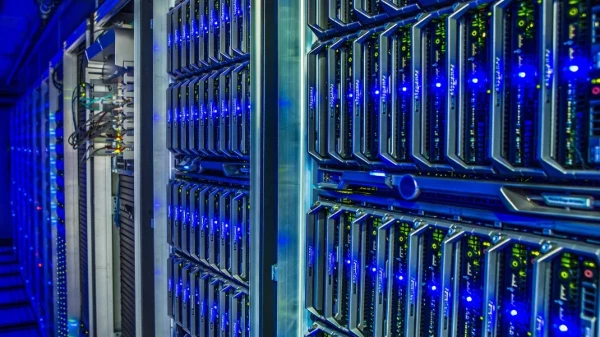Citigroup Lifts Forecast for Big Tech AI Spending to $2.8 Trillion by 2029
Citigroup has raised its forecast for artificial intelligence infrastructure spending by major technology firms to exceed $2.8 trillion through 2029, up from its earlier estimate of $2.3 trillion.
The brokerage cited more aggressive investments by hyperscalers and rising enterprise appetite as drivers behind the higher projection.
The AI surge, triggered by the launch of ChatGPT in late 2022, has fueled unprecedented capital expenditures and rapid data center expansion, even after concerns tied to cheaper Chinese alternatives like DeepSeek and uncertainty over U.S. President Donald Trump’s tariff policies briefly shook confidence.
According to Citi, capital expenditures on AI from hyperscale data center operators are now projected to reach $490 billion by the end of 2026, compared with its previous forecast of $420 billion.
Tech giants including Microsoft, Amazon and Alphabet have already funneled billions of dollars into expanding capacity, racing to alleviate infrastructure bottlenecks that have limited their ability to meet soaring demand for AI services.
Analysts expect the companies to highlight this increased spending in their third-quarter earnings calls, noting that guidance is likely to reflect investments being made ahead of visible enterprise demand.
The report estimates that global AI computing needs will require 55 gigawatts of additional power capacity by 2030, a figure that translates to the $2.8 trillion in incremental investment.
Of that total, $1.4 trillion is expected to come from the United States alone. Such demand underscores how the shift toward AI is reshaping not just technology but also energy and utilities, as power consumption grows alongside data center expansion.
Citigroup also noted that tech companies are no longer relying solely on profits to finance these massive infrastructure projects.
With costs running at roughly $50 billion per gigawatt of compute capacity, firms are increasingly tapping into debt markets to maintain the pace of investment.
This strategy signals both the scale of the opportunity they see in AI and the risks of financing such aggressive growth.
The revised forecast reflects how quickly AI adoption has moved from experimentation to large-scale deployment, forcing technology leaders to accelerate investments.
While demand from enterprises is still ramping up, hyperscalers appear committed to building ahead of the curve, betting that AI will remain central to the next wave of digital transformation.
Source: Reuters.
news via inbox
Get the latest updates delivered straight to your inbox. Subscribe now!




